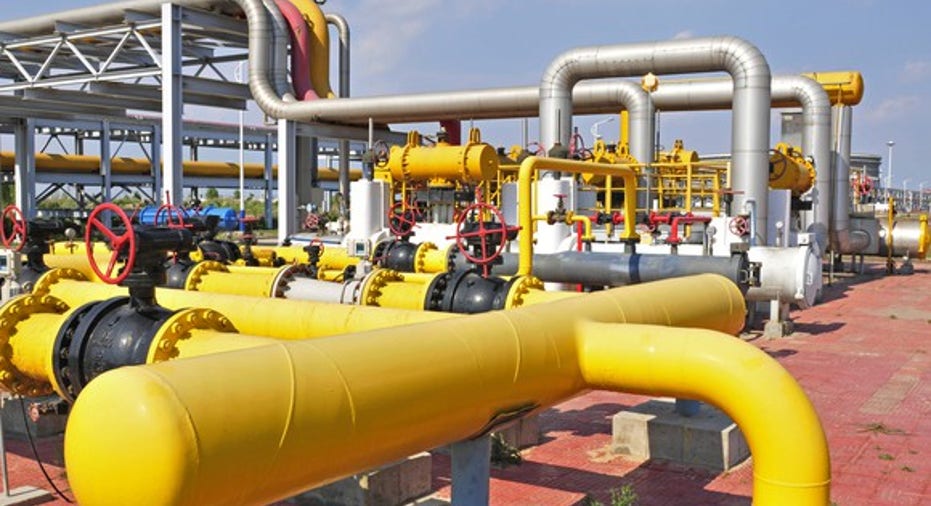Oil Rises Most in a Month on Trump, Saudi Export Cut

Oil prices rose on Wednesday by the most in over a month, boosted as the U.S. dollar weakened following a news conference by U.S. President-elect Donald Trump, and on news that Saudi Arabia had cut exports to Asia.
Oil's gains came despite government data showing a bigger-than-expected weekly build in U.S. crude and fuel inventories.
The U.S. dollar collapsed during Trump's remarks, which disappointed investors who had sent the currency to its highest level in a week ahead of this news conference.
A stronger greenback makes dollar-denominated crude more expensive for users of other currencies.
"The main reason for the oil price rise was that the dollar was down," said Phil Davis, managing partner at PSW Investments in Woodland Park, New Jersey.
Brent futures were up $1.76, or 3.3 percent, at $55.40 a barrel by 2:06 p.m. EST (1906 GMT). U.S. West Texas Intermediate crude rose $1.73, or 3.4 percent, to $52.55 per barrel.
That put both contracts on track for their biggest daily percentage gains in over a month. On Tuesday, Brent and U.S. crude futures settled at their lowest levels in a month.
"We expect some bullish OPEC rhetoric to ramp up in an attempt to neutralize the bearish vibes that have emanated from the recent production increases indicated out of Libya, Iran, Iraq and Nigeria," Jim Ritterbusch, president of Chicago-based energy advisory firm Ritterbusch & Associates, said in a note.
Saudi Arabia, the world's top oil exporter, has told some of its Asian customers that it will reduce their crude supplies slightly in February.
Still, there is plenty of oil to fill gaps left by OPEC. North American drilling is on the rise, while European and Chinese traders are shipping a record 22 million barrels of crude from the North Sea and Azerbaijan to Asia this month.
OPEC's No. 2 producer Iraq plans to raise crude exports from its southern port of Basra to an all-time high of 3.641 million bpd in February.
U.S. crude production was projected to rise by 110,000 barrels per day in 2017 to 9 million bpd, according to U.S. Energy Information (EIA) data.
Separately, EIA said Wednesday U.S. crude inventories increased by 4.1 million barrels last week.
That topped both the 1.2 million barrel build that analysts forecast in a Reuters poll and the 1.5 million barrel build in data Tuesday from the American Petroleum Institute, an industry group.
"It is one the most uniformly bearish reports in some time," said John Kilduff, partner at energy hedge fund Again Capital in New York.
(Additional reporting by Amanda Cooper in London and Henning Gloystein in Singapore; Editing by Marguerita Choy and Ruth Pitchford)



















